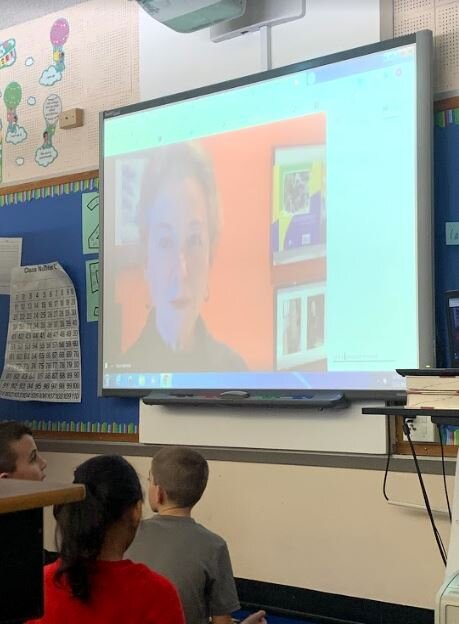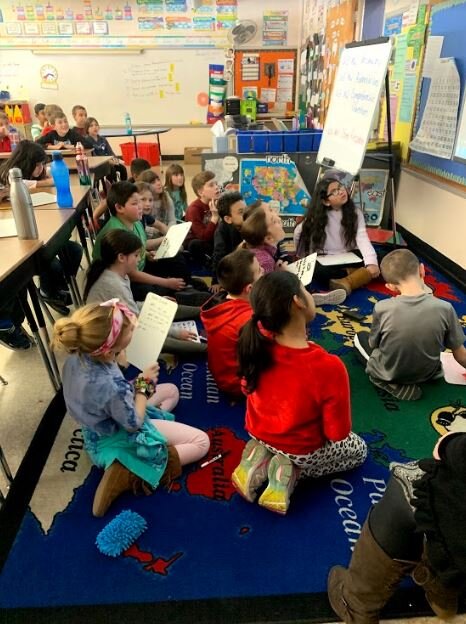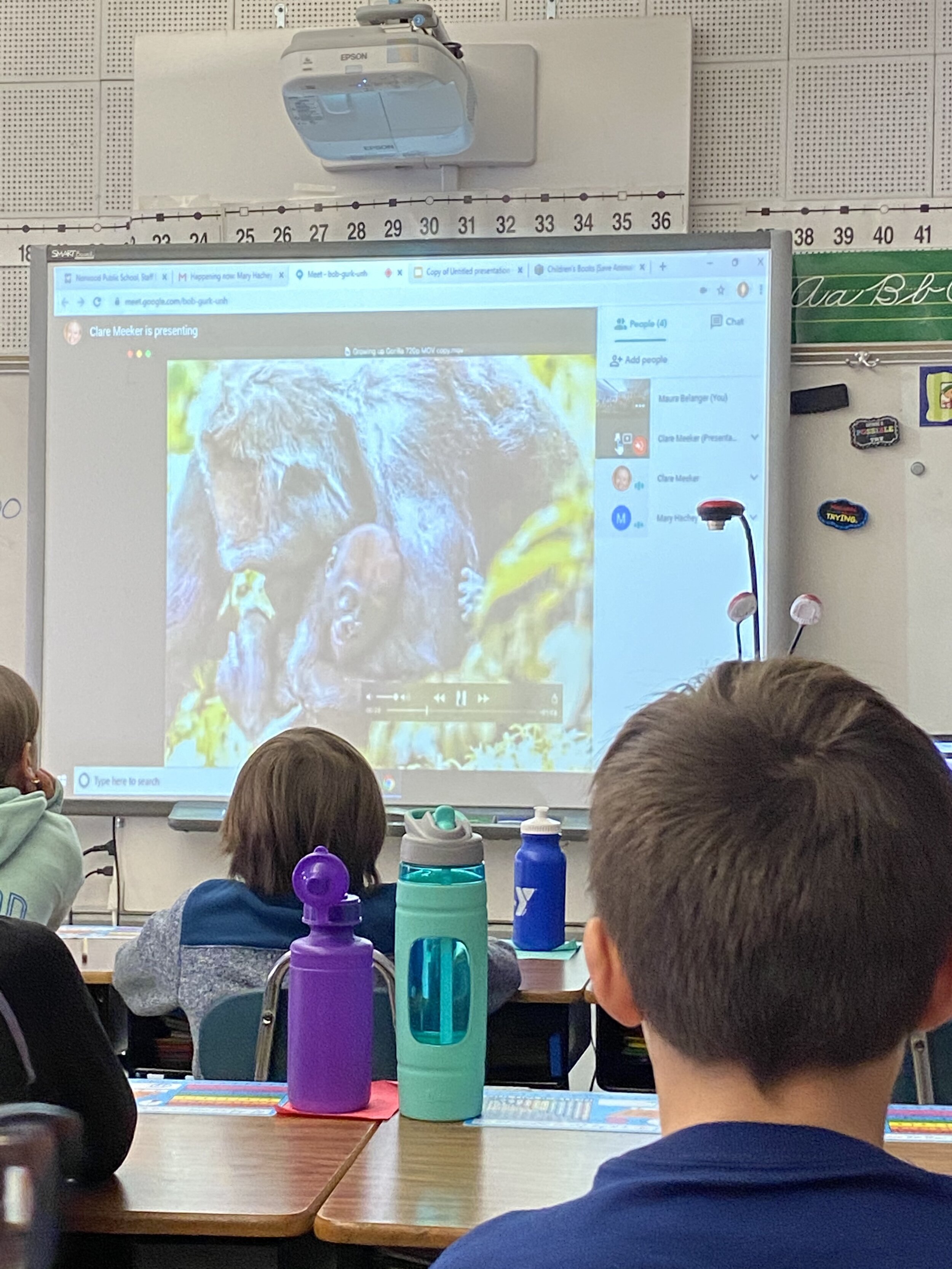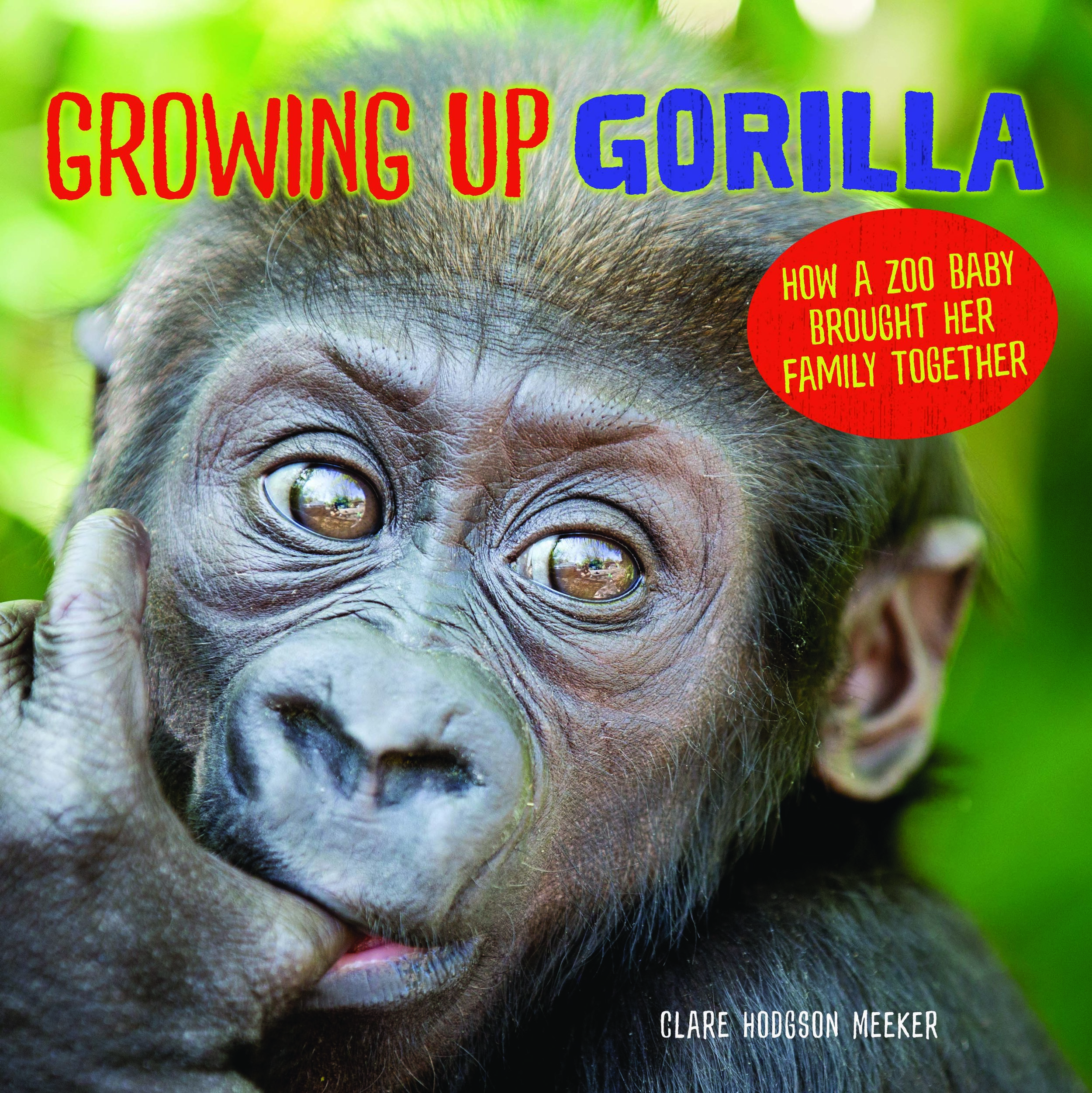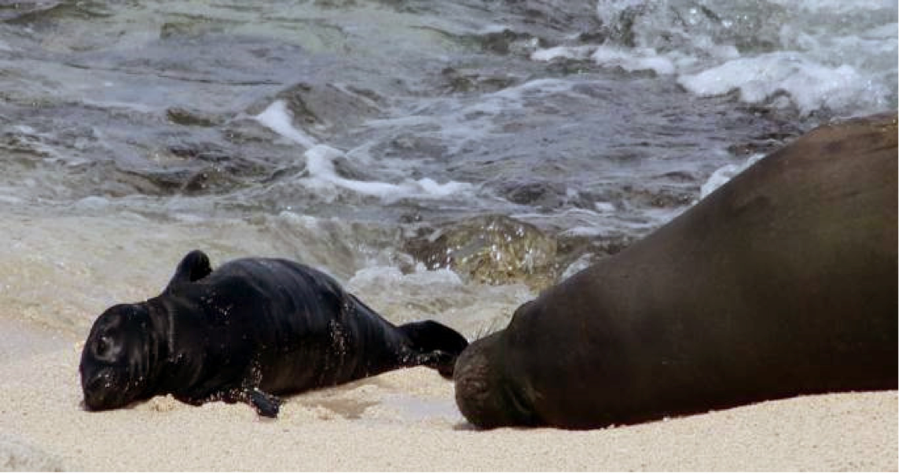Yola's Growing Gorilla Family
My 2019 book, Growing Up Gorilla, is a true story about a baby gorilla named Yola at Seattle’s Woodland Park Zoo whose mother, Nadiri, walked away from her after the birth. Just eight weeks ago, Nadiri gave birth to a second baby girl named Zuna. Through the dark days of the pandemic, I followed the latest gorilla news on the Zoo's blog and looked forward to Zuna’s birth with fingers crossed. Maybe this time Nadiri would pick up her baby and nurse her from the start.
Sadly, this did not happen after Yola’s birth five years ago. But thanks to the efforts of the Zoo’s determined and resourceful gorilla care team, Nadiri learned to get comfortable and physically close enough to bond with Yola within five months and take charge of her first baby. Yola’s exuberant and outgoing personality showed that she was healthy and resilient. And the Zoo staff’s innovative method of caring for Yola in the gorilla dens surrounded by the sights, sounds and smells of her gorilla family helped her learn how gorillas act and communicate as she grew. We all hoped that Nadiri’s growing confidence with caring for Yola would help boost her maternal instincts when her second baby was born.
A lot has happened in Yola’s gorilla family in the five years since she was born. After Leo, the group’s male silverback, died of old age in 2018, a handsome young silverback named Kwame joined the group. There were now three adult females vying for his attention – 24 year-old Nadiri, her 18 year-old half-sister Akenji, and 12 year-old Uzumma who came from another gorilla group at the zoo.
In early 2020, Uzumma gave birth to Kitoko, Kwame’s first male offspring. She proved to be an excellent mother, nursing and carrying her infant constantly to keep him safe and well-fed. Gorillas learn basic skills by watching other gorillas around them. But a few months later, an altercation most likely between two females accidentally injured Kitoko. “Gorillas tend to be gentle giants but conflicts among family members do occur, in zoos and in nature,” said Martin Ramirez, the Zoo’s mammal curator.
Kitoko fully recovered and the announcement of Nadiri’s second pregnancy last fall brought new excitement and anticipation to Yola’s growing family. Kwame clearly showed that he was comfortable in his silverback role, becoming an attentive father to Kitoko, a playful companion to Yola, and a protective leader of the group. And the ever curious and adventurous Yola now had 1 year-old playmate in Kitoko to lead into all kinds of mischief.
(Nadiri holding her new baby, Zuna. Photo by keeper Judy Sievert)
On January 29, 2021, Nadiri gave birth to her second baby, Zuna. At first, Nadiri’s behavior showed little change from Yola’s birth. She picked up the infant briefly only to lay her back down again. The gorilla keepers got to work creating a calm space in the gorilla dens for Nadiri to visit with her baby throughout the day. They encouraged her to pick up the baby, using treats and other positive reinforcement. It took just 10 days this time for Nadiri to hold Zuna and, for the first time ever, to allow her baby to nurse. As the zoo blog reported, this was a major step forward in Nadiri showing maternal care and a clear sign that bonding was occurring between mother and baby. As Yola and her gorilla family continue to show us, the power of touch can indeed bring a family together.
Note to readers: Recently, I learned that there is a scientific basis for the healing power of touch. I spoke with evolutionary biologist, Carol Reeb, who is a research scientist at Stanford University. She explained how “physical touch increases the expression of a hormone, oxytocin, in the body which in turn helps build social and maternal bonds.” This applies to both mother and baby and might help explain Nadiri’s quicker maternal response the second time around. The more good mothering behavior is practiced, the stronger and more lasting those loving bonds will be.







